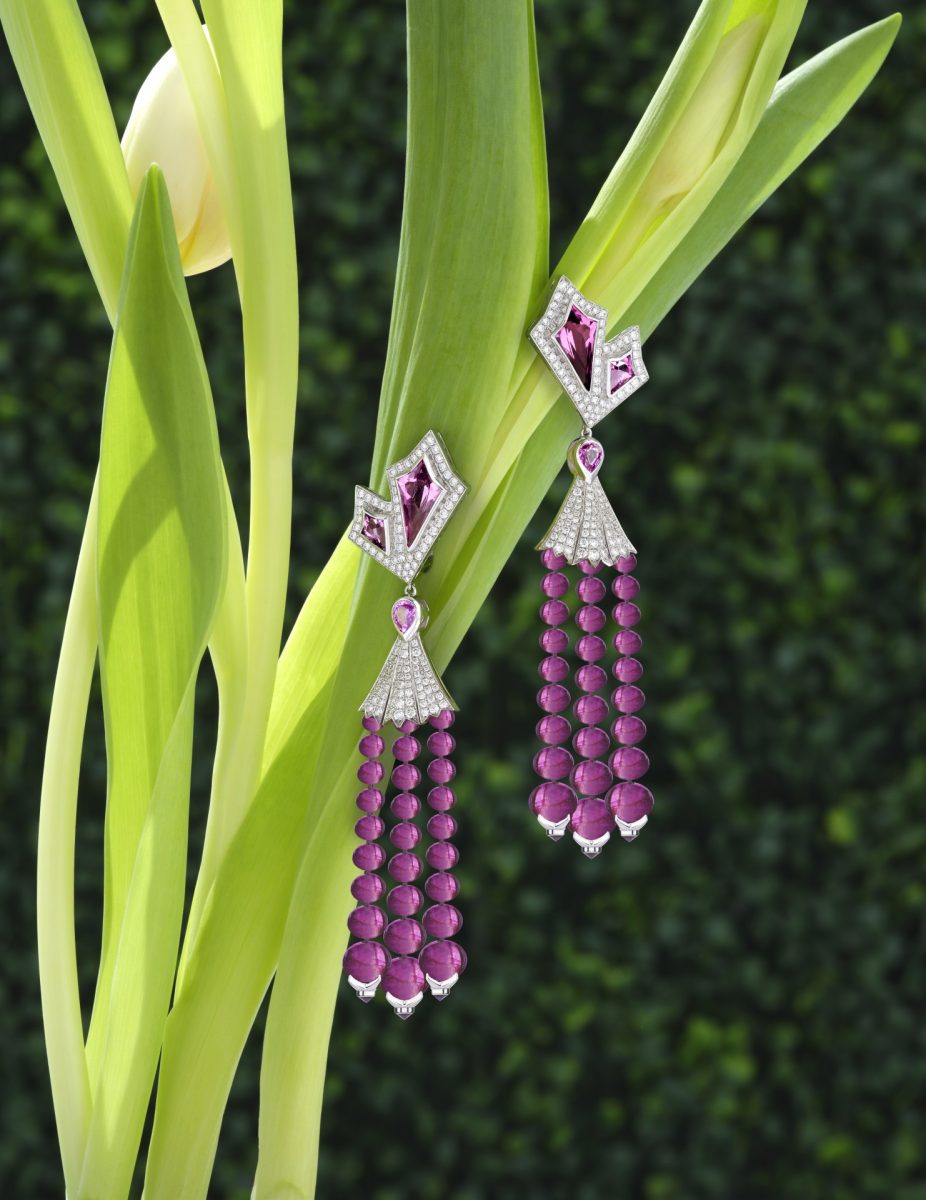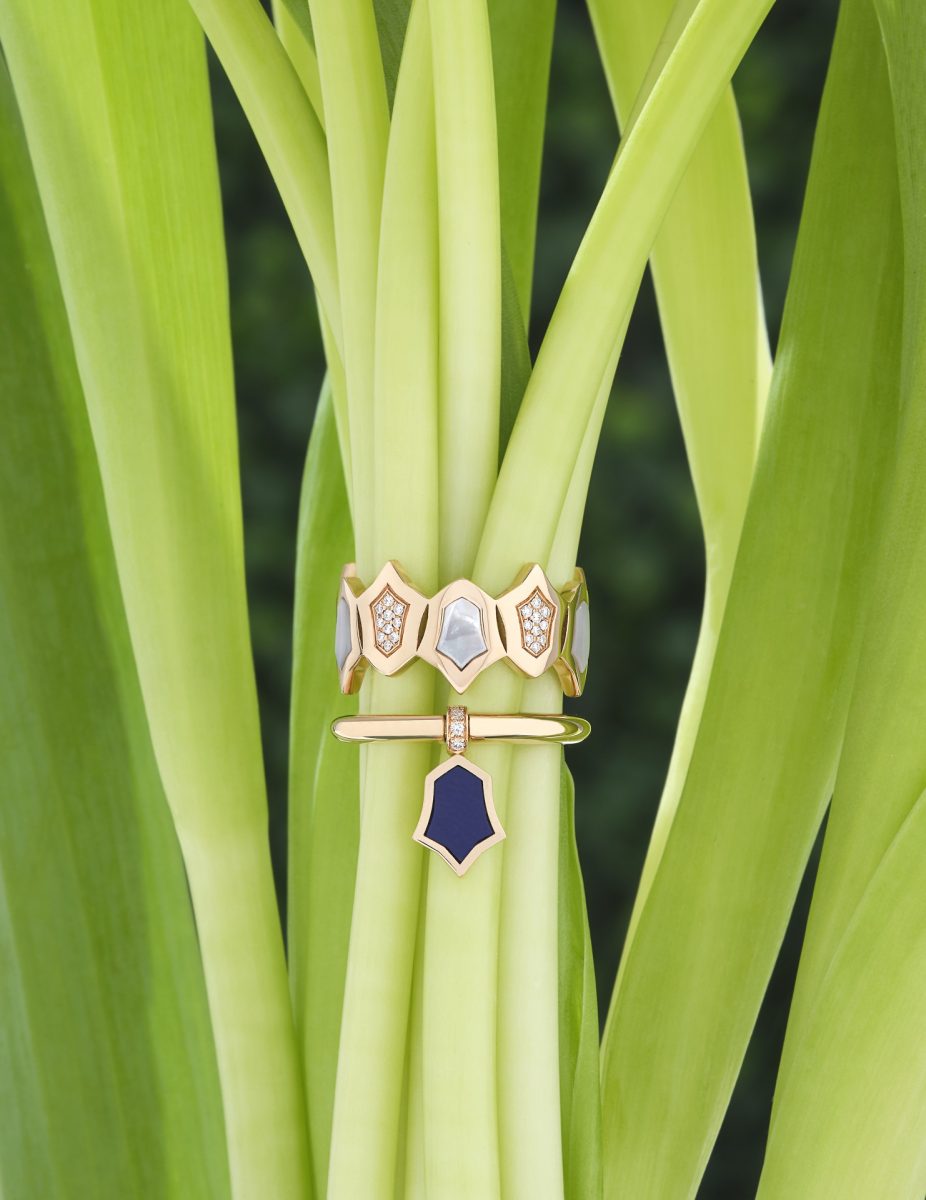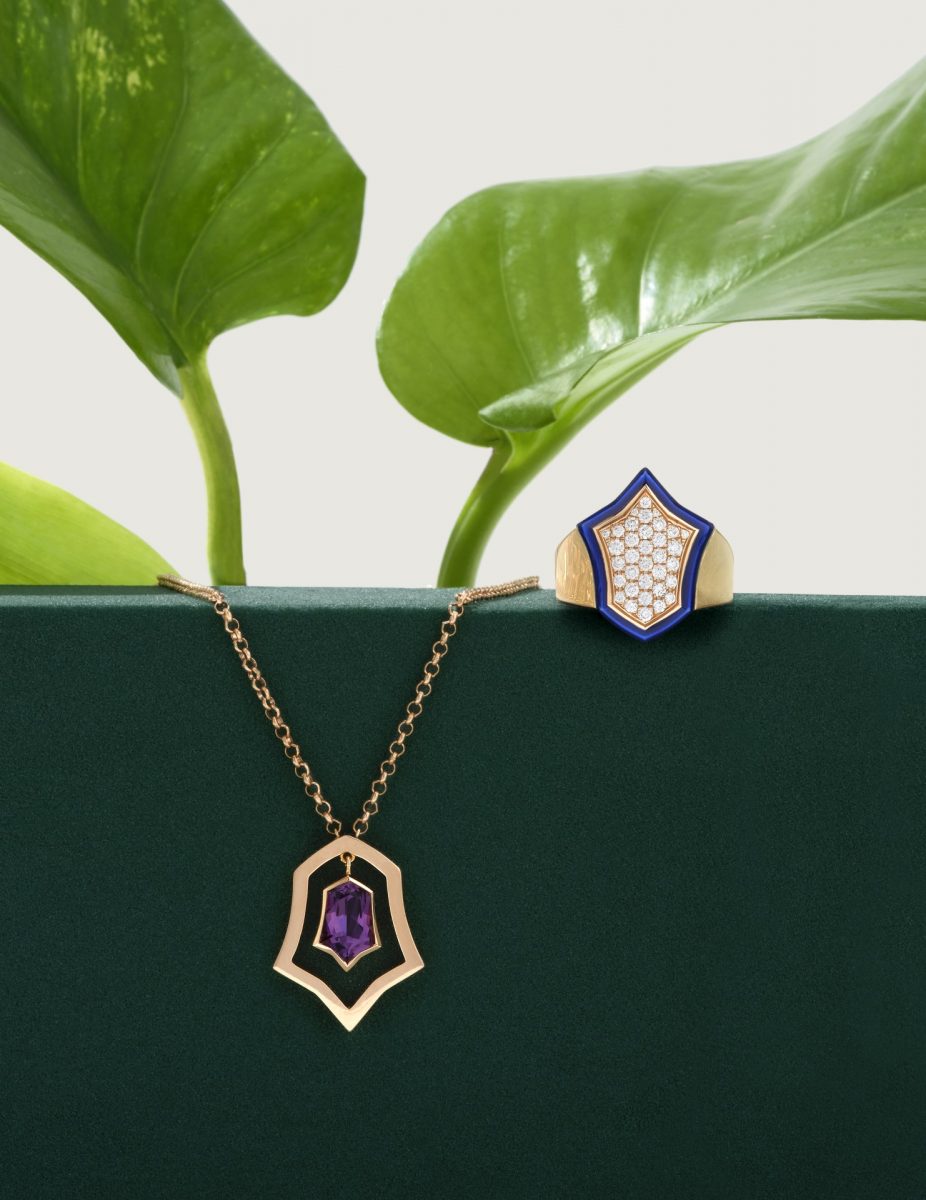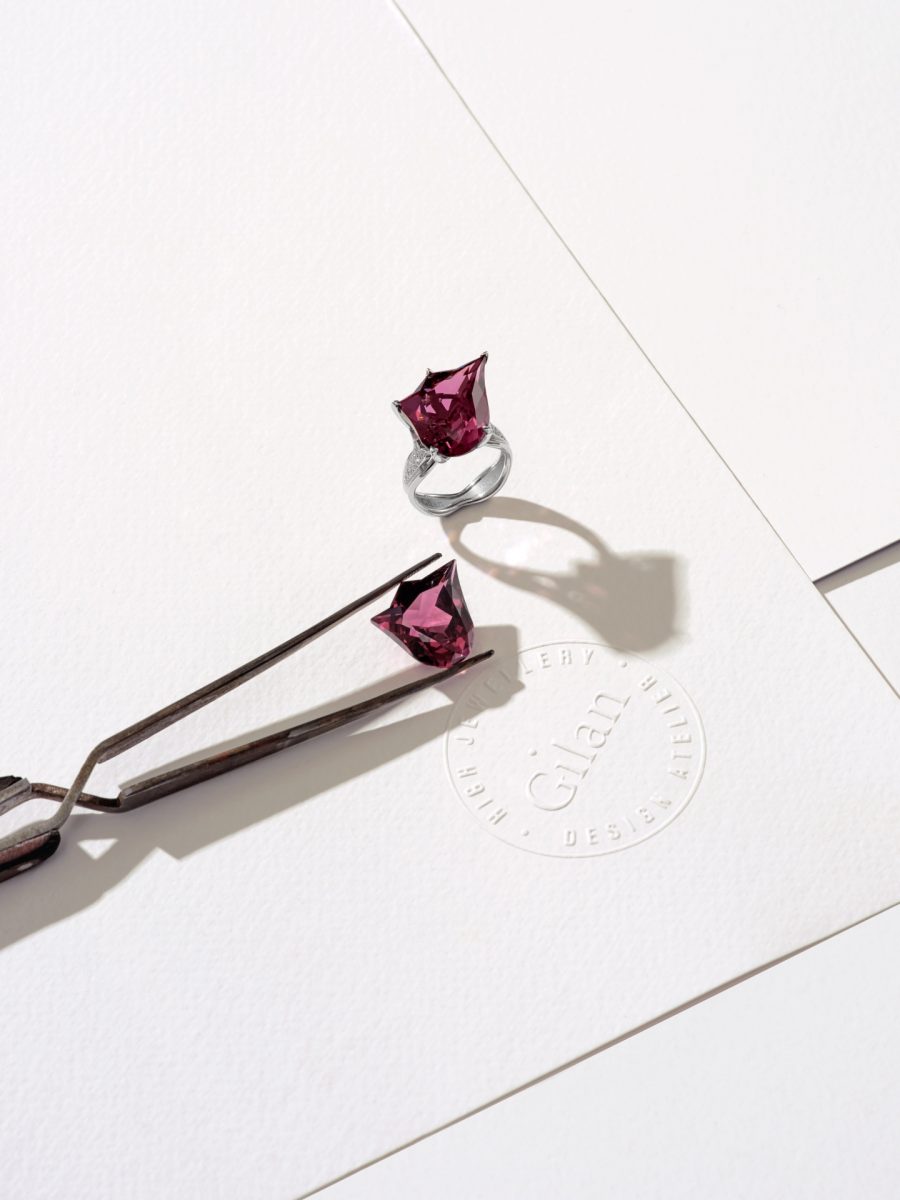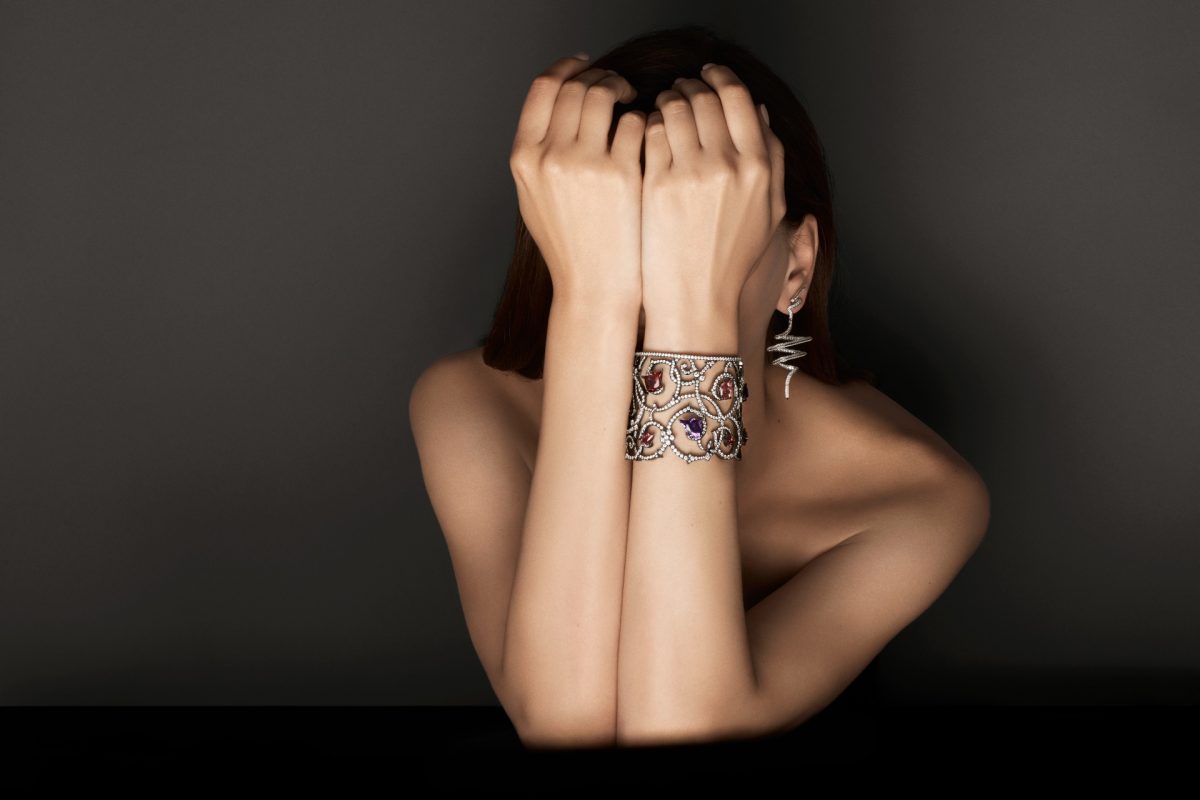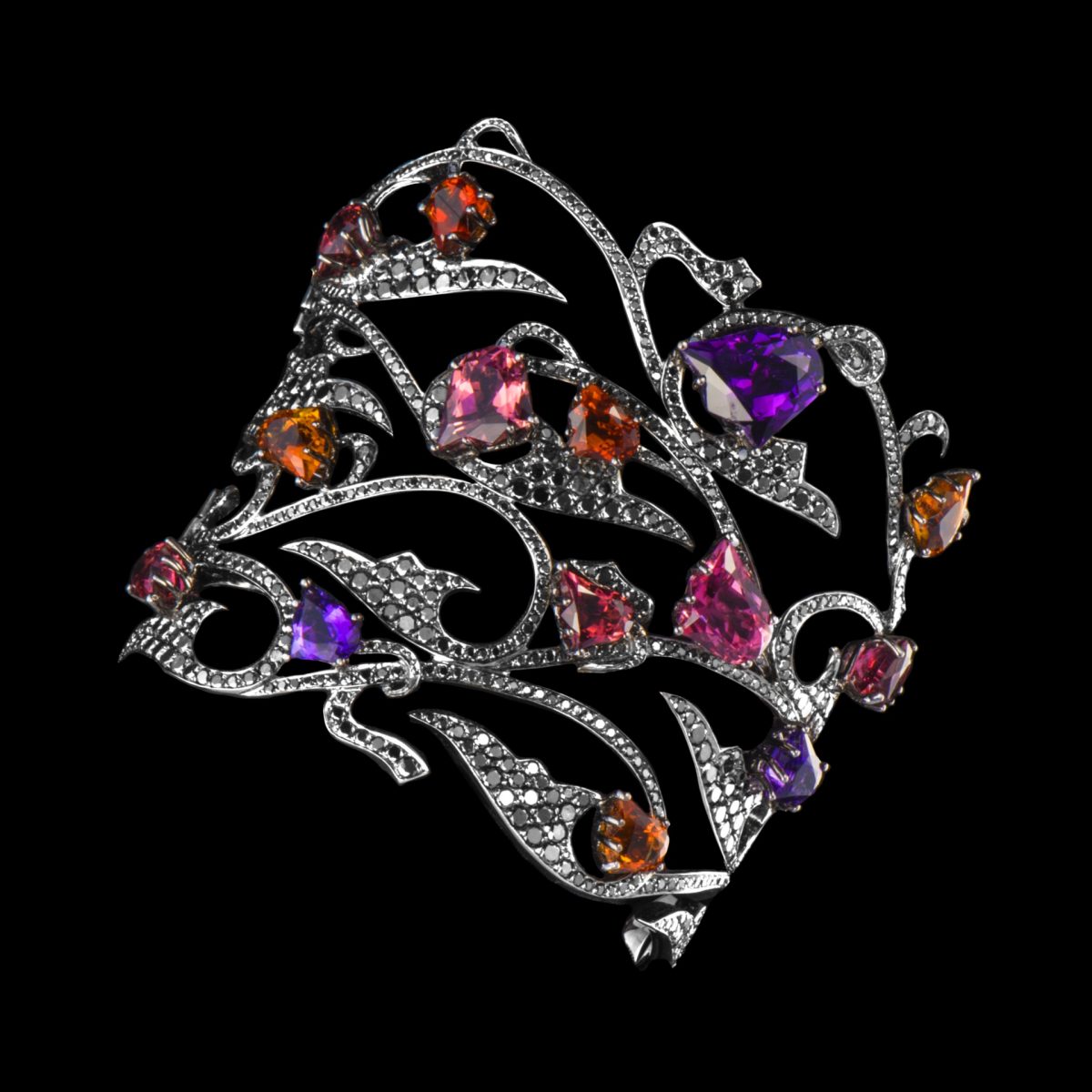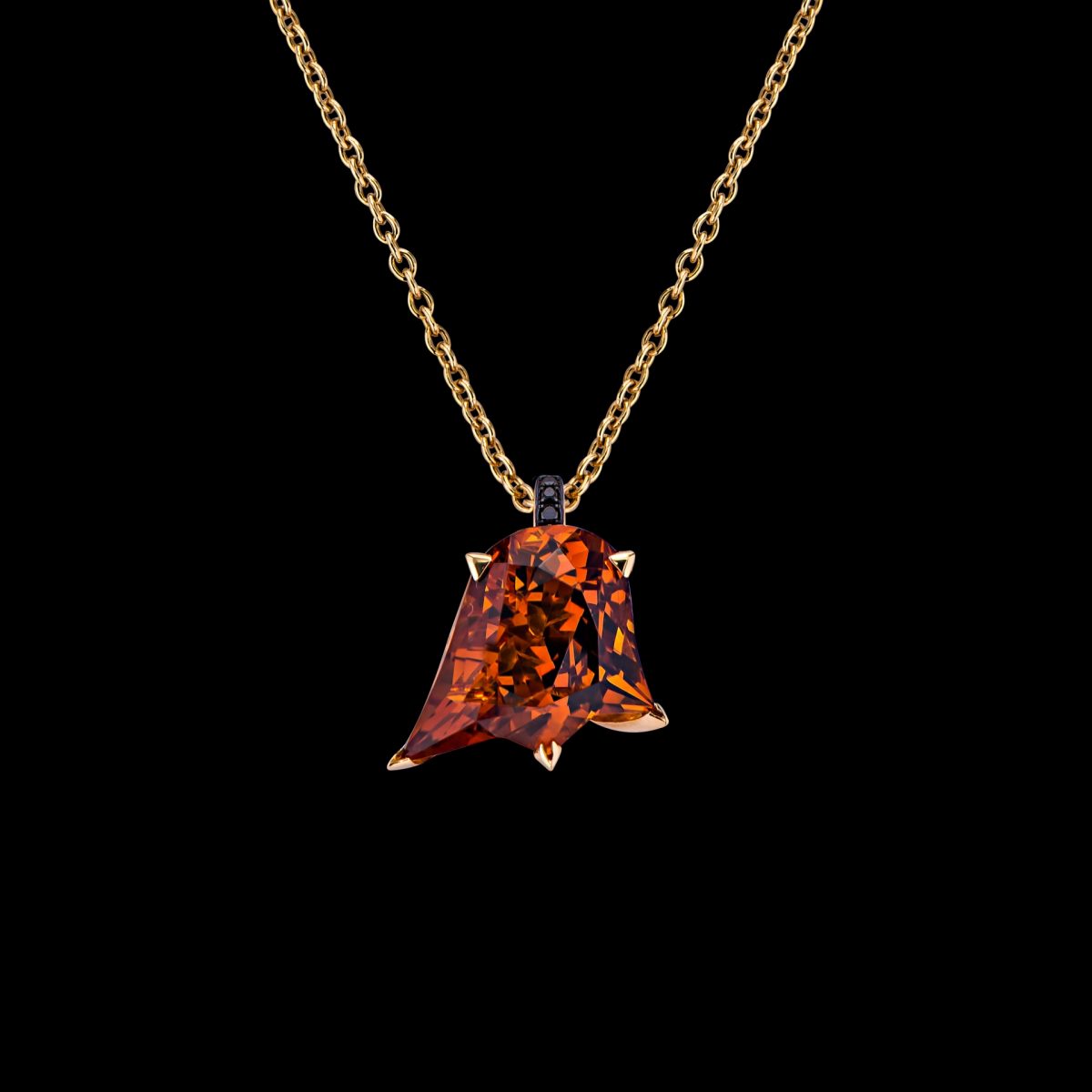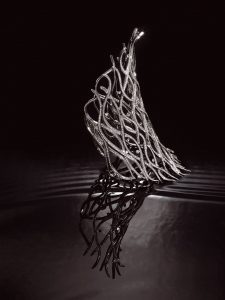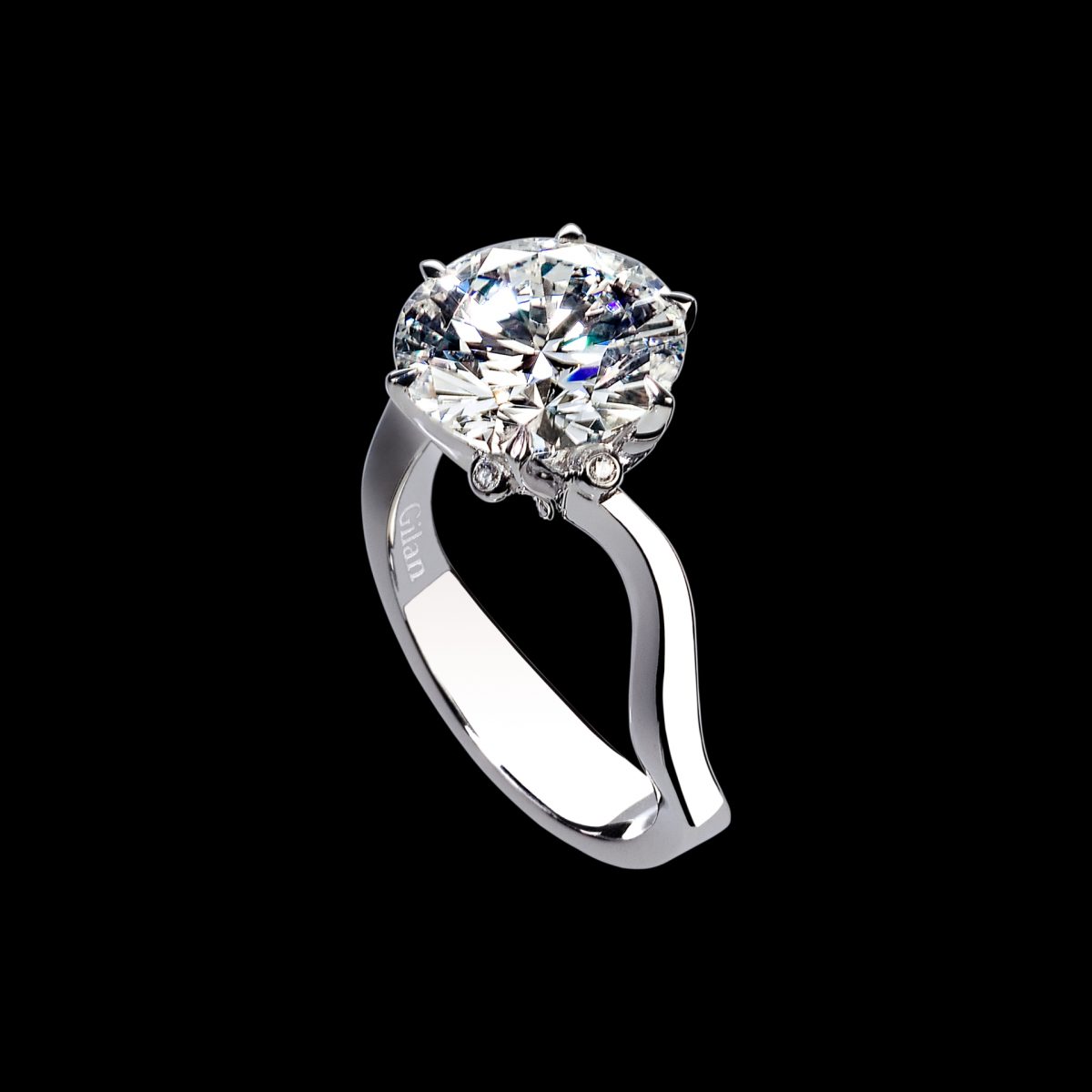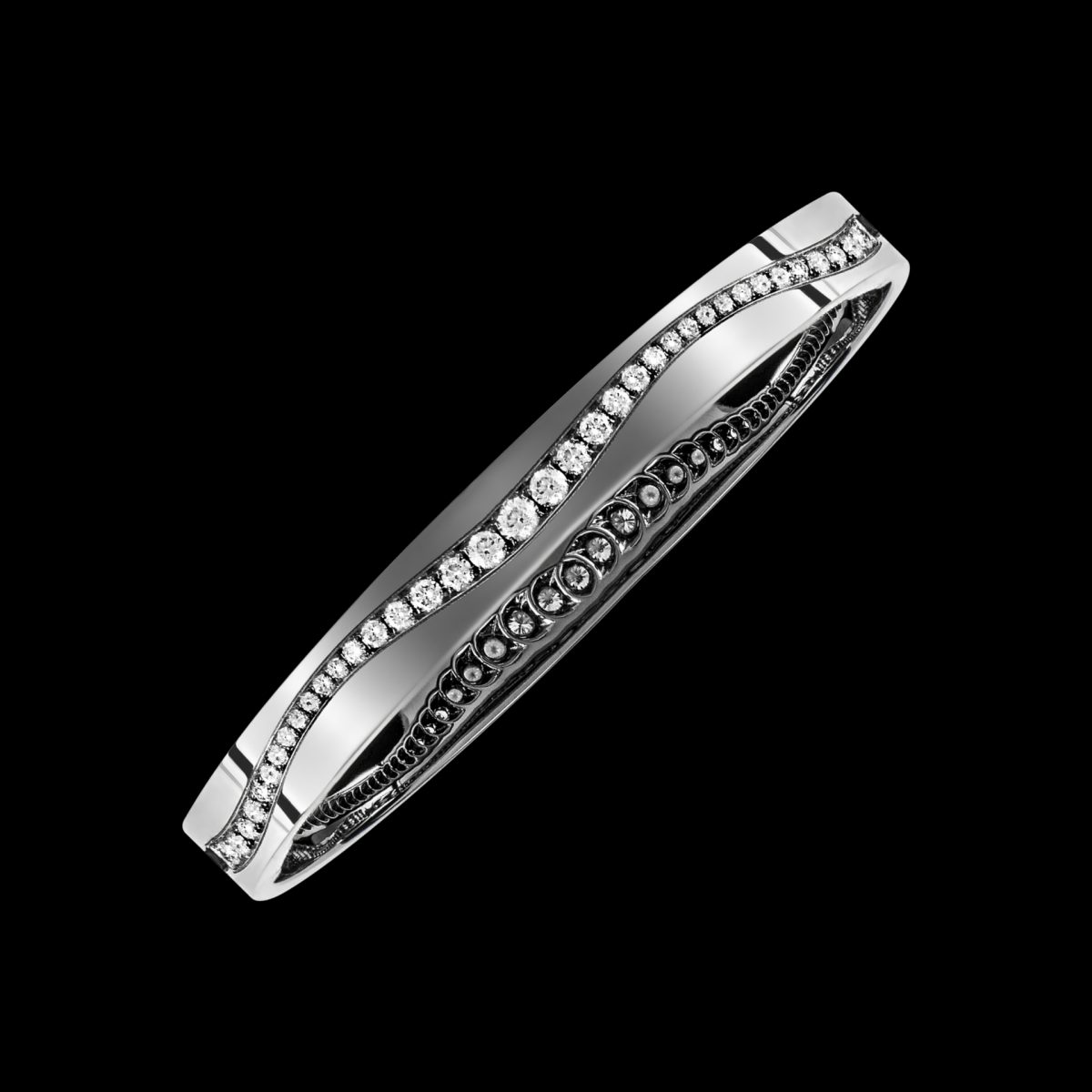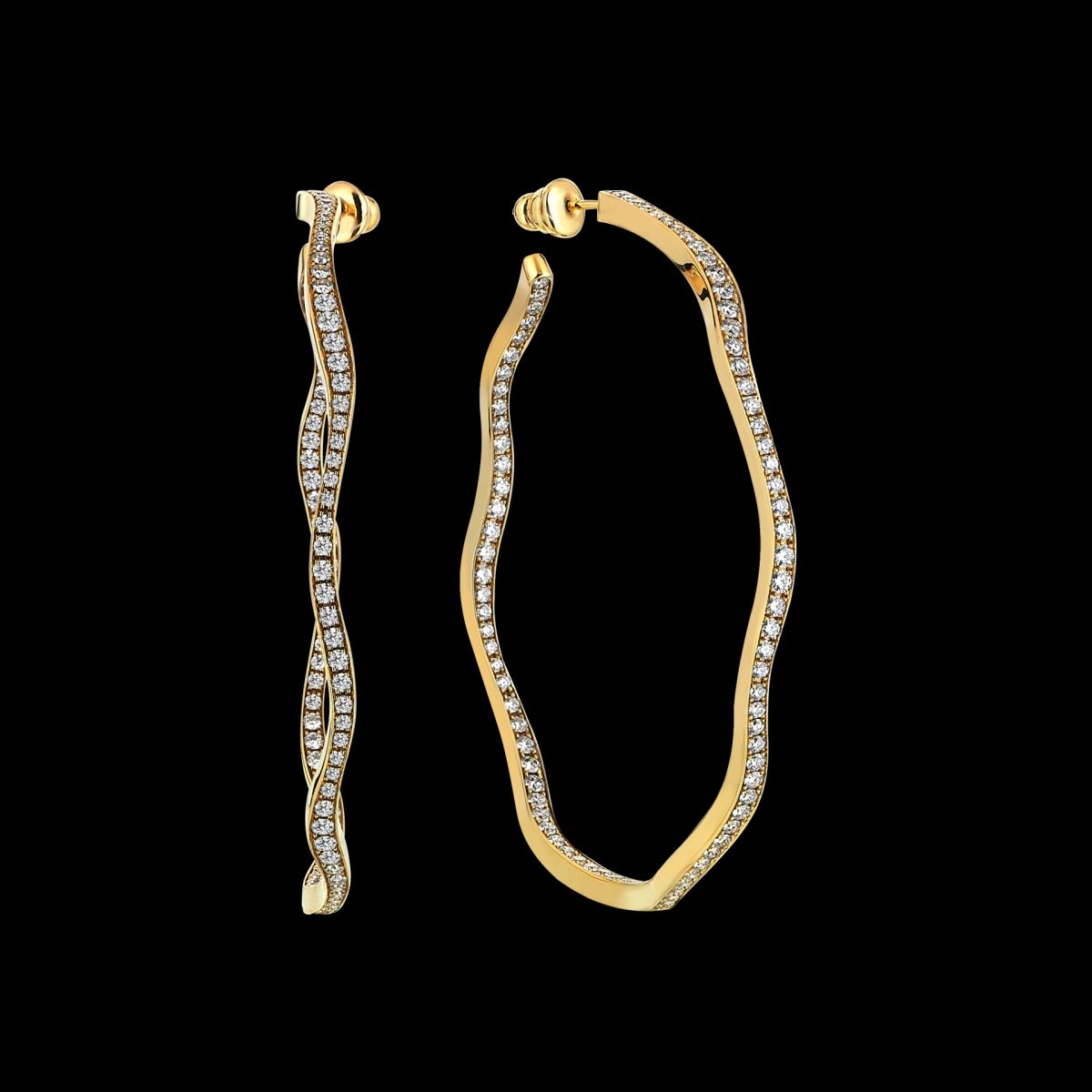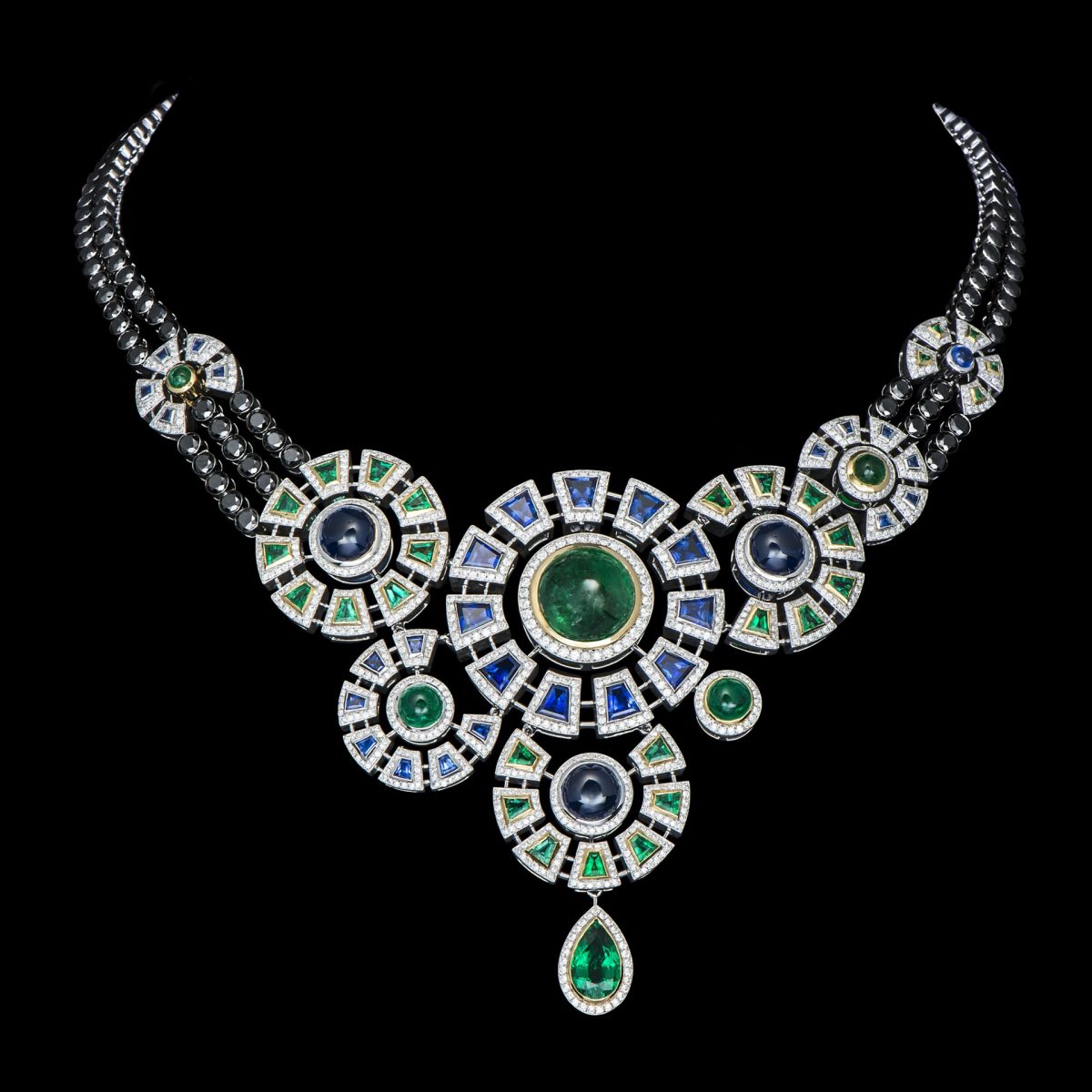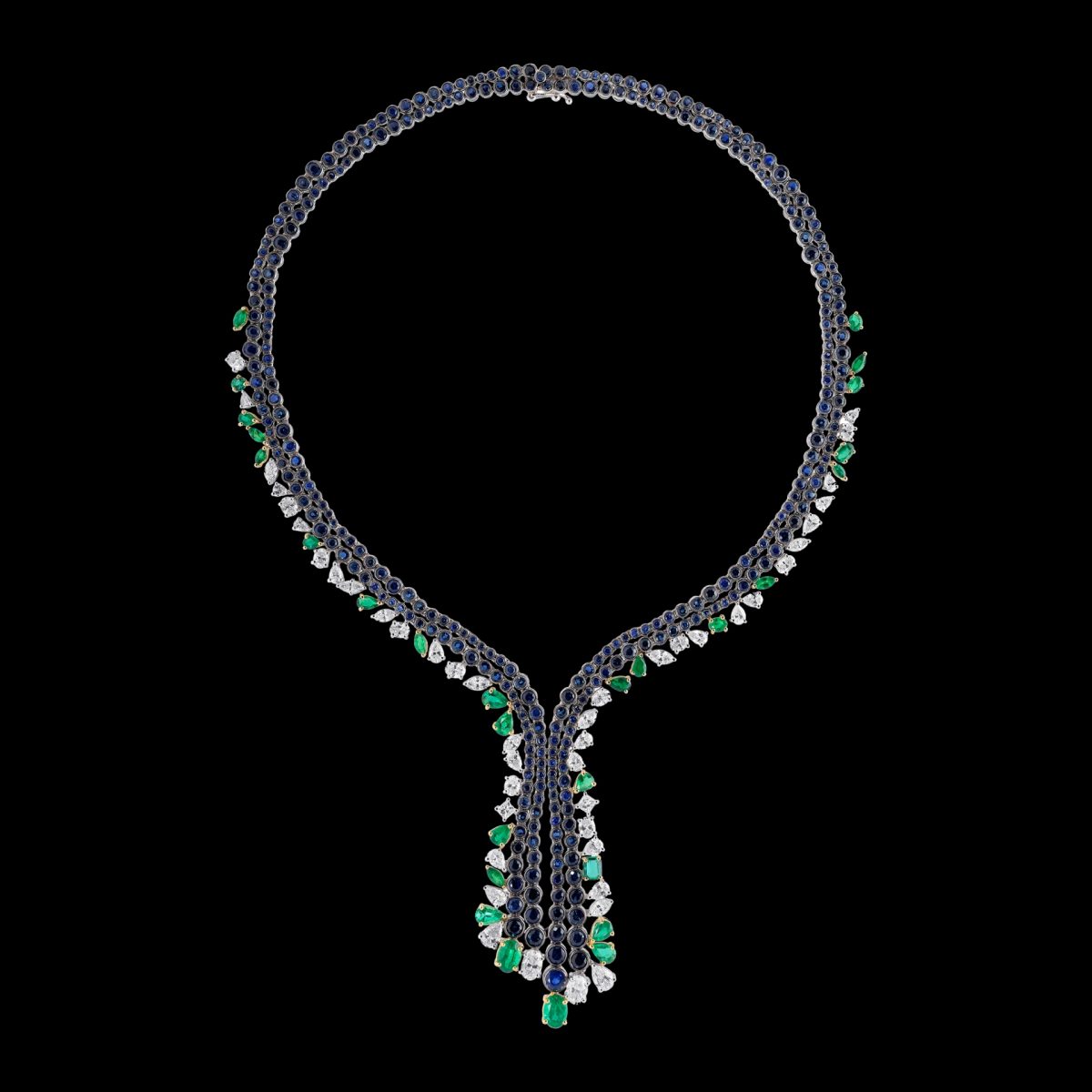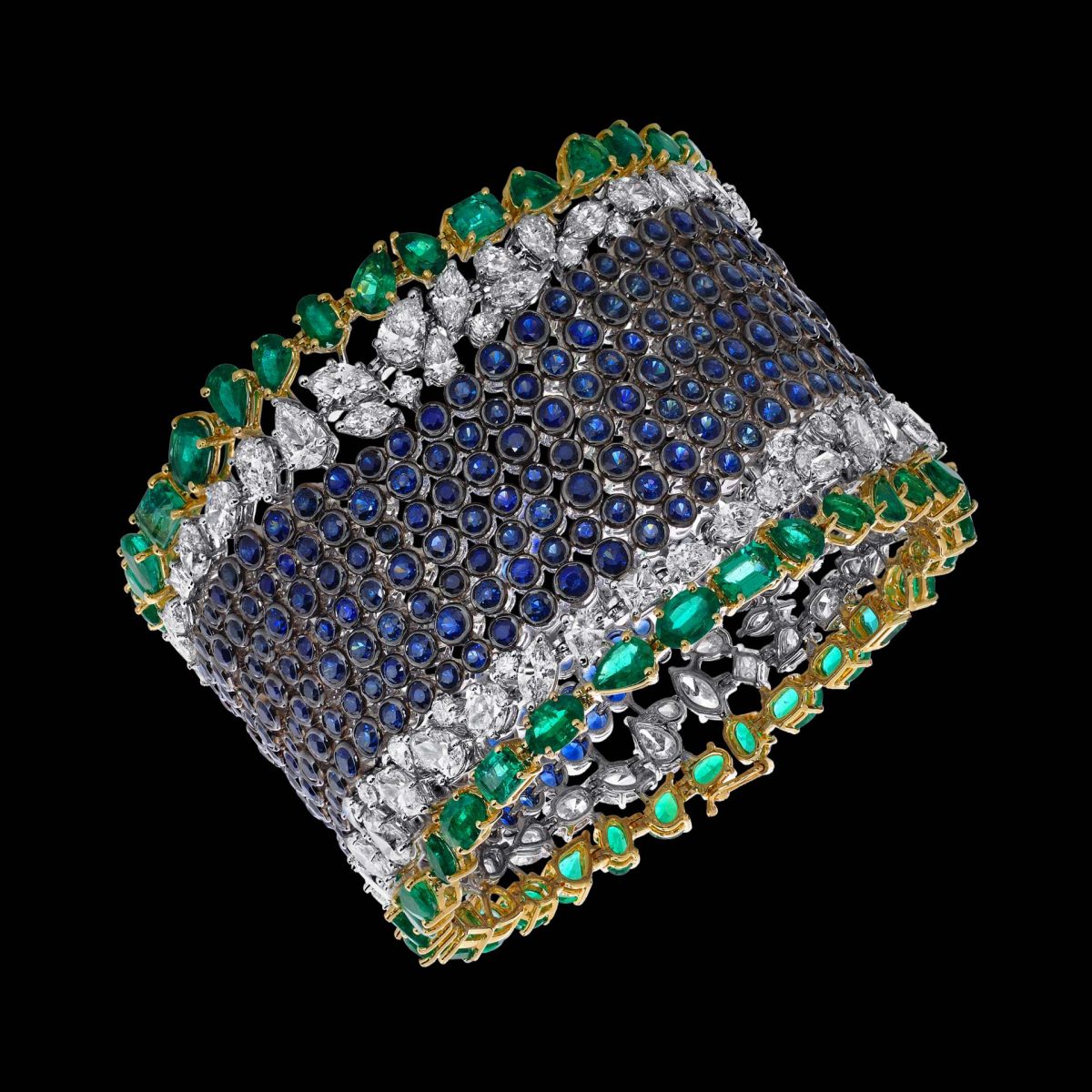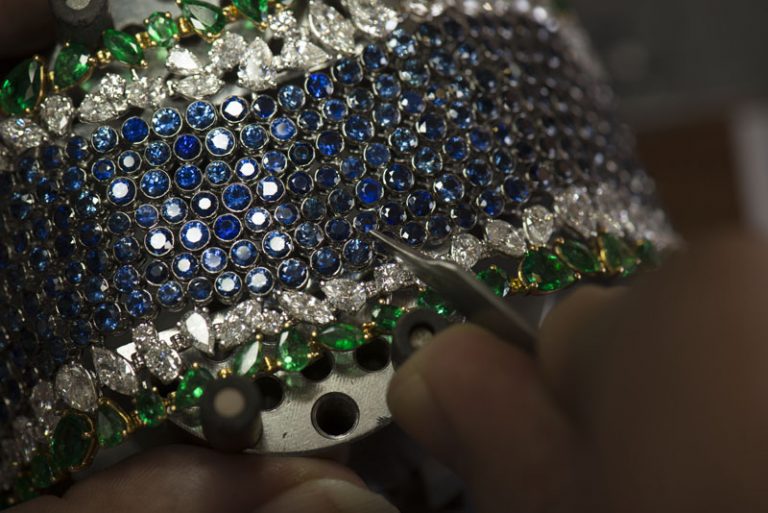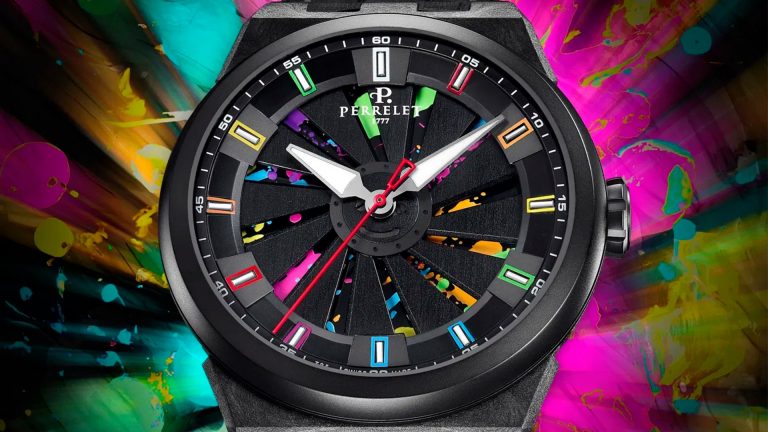Editor-in-chief of City World magazine Sergey Solovyev endeavors to discover the origins of the dazzling unique phenomenon, jewelry collections, produced by Gilan. It was Osman Geylan himself, an owner of the family business, who renders the story in Mandarin Oriental in Istanbul.

Your jewelry collections reflect the entire history of Anatolia. Is it the trend, traced back to the first collection or a recent development?
It was established from the very beginning and predetermined by the history of our family. In XIV century, the Ottoman Empire started its conquest of the Balkans. Our family moved from Anatolia to Kosovo. Thus, the settlement Gilan emerged on the Balkans, where men were preoccupied with traditional farming and women with making clothes. By the end of XIX century my grandmother was so distinguished in her mastership, that the family started to sew festive clothes for the Turkish sultan and his whole court. Our designs were originally inspired by our family tradition — that’s our flesh and blood.
And when did the Geylan family initiate the jewelry art?
Before World War II my grandfather moved back to Anatolia to Bursa where he continued to do farming and all that farming produce. But in 1980 his sons — my father and my uncle — started up a completely new business — jewelry workshops. That’s how the Gilan company was founded. As the new company chose to be different from the others, its owners made up their minds to rely on the rich Anatolian culture. Initially, they targeted global market, being fully aware of the presupposition that if they wanted to build an international brand, they should be authentic.
Don’t authenticity and focus on Anatolian culture make your products less universal?
That’s a good question. Before answering it, we should make it clear, why Anatolia is so unique. As a matter of fact, the origins of any civilizations are related to Anatolia. It is a multicultural region, comprising several millennia of history. And our design is universal — it is no way an ethnic style, it incorporates very many elements. Hence, our style is really international. I was born in Istanbul. It is a very cosmopolitan city, open, lively, modern. All of this finds reflection in our designs.
How many jewelry collections have you created by now?
The company has been working for 40 years. I won’t be able to say how many jewelry sets we have produced. Our designers never lose inspiration — Anatolia arouses so many concepts! At the moment we have some 30 collections. The development of a collection takes approximately a year. And if it is a complex exclusive collection, it might take about 3 years.
How is the development process constructed?
First, we attend museums, arrange consultations with historians, art experts. We investigate all the elements of a certain historical period. Then we start developing the design and it comprises several complex stages: starting with the approval of sketches and finishing with work with gems.
Just to the point, about museums. I hear, you were an active participant of restoring Topkapı architectural complex — Sultan’s Palace and the main sight of Istanbul. Is it right?
Sure. Our commitment is greater than the conventional task of creating jewelry. We are determined to preserve our culture. There was time when the Treasury of Topkapı Palace was all in a mess. We were not just sponsors, we (our masters) carried out the restoration itself. And that is our invaluable experience of historical inclusion. That’s how new concepts, related to museums, arise.
If you make choices, which is your favorite collection?
It is a challenging question to answer and choose one collection. I would announce the two of them. The first one is “Theodorа”, dedicated to the legendary Byzantine empress. This collection is unique in any aspect: materials, craftsmanship, sources of inspiration. The second one is — “Bosphorus Dreams”. It is about Istanbul, my native city, the city where I grew up. And it is the quintessence of Gilan brand style.
It is no secret that you have five boutique shops in Istanbul. And are you planning to open Gilan global network?
We have a different strategy. Apart from boutiques we have VIP clients, who have their trading houses and residences in London, New York, Baku and other capitals. As our creations are small in number, we are concerned about exclusivity; we never care for mass production.
What is your personal vision of art? What in art is closest to you?
Art is a broad concept. Different trends and styles appeal to me: from ancient to contemporary arts. But frankly speaking, mechanics attracts me greatly. I am a fan of sport and racing cars. I started to participate in sport car racing very early. I possess a small collection of 1990s cars — I consider this decade to be the peak of sport car industry.
Photo: press-office


